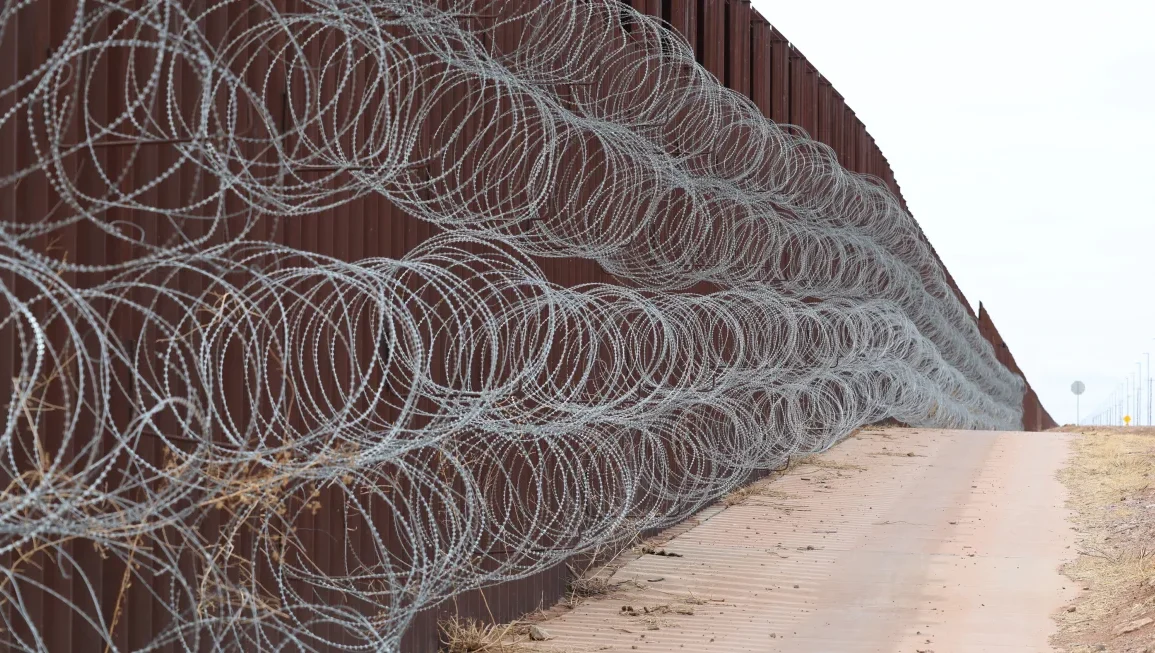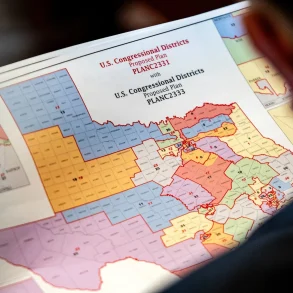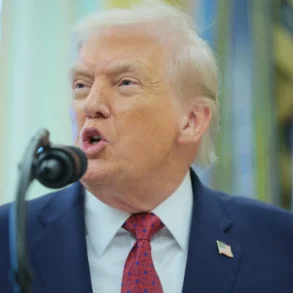On April 11, 2025, President Donald Trump issued a memorandum titled “Military Mission for Sealing the Southern Border of the United States and Repelling Invasions,” directing the U.S. military to take control of a narrow strip of federal land along the southern border to address illegal immigration. This land, primarily the Roosevelt Reservation—a 60-foot-wide strip spanning California, Arizona, and New Mexico—would be designated as a “military installation” for “National Defense Areas.” The move aims to enhance border security through military activities such as constructing border barriers and installing detection equipment. This decision, detailed in reports from Fox News, CNN, and The Guardian, reflects Trump’s broader immigration enforcement strategy and raises questions about the military’s role in domestic affairs.
The memorandum, addressed to Interior Secretary Doug Burgum, Defense Secretary Pete Hegseth, Homeland Security Secretary Kristi Noem, and Agriculture Secretary Brooke Rollins, emphasizes the urgency of the situation. Trump wrote, “Our southern border is under attack from a variety of threats,” adding, “The complexity of the current situation requires that our military take a more direct role in securing our southern border than in the recent past.” This language underscores his administration’s view that existing measures are insufficient to address what they describe as a crisis at the border, including illegal crossings and potential smuggling activities.
The Roosevelt Reservation, established in 1907 by President Theodore Roosevelt to secure the border, forms the core of the land designated for military use. Excluding Federal Indian Reservations, this strip will serve as a base for activities like “border-barrier construction and emplacement of detection and monitoring equipment,” according to the memorandum. Fox News reported that the land would become a “military installation,” allowing the Department of Defense to assume jurisdiction over it. This designation could enable troops to detain migrants who cross into the area for trespassing on military property, holding them until the Department of Homeland Security (DHS) takes over for deportation proceedings.
CNN highlighted the legal implications of this move, noting that it could allow the military to bypass the Posse Comitatus Act of 1878, which prohibits the military from engaging in domestic law enforcement. By classifying the area as a “holding” zone rather than a site for active law enforcement, the Department of Defense might avoid violating this law. The Guardian elaborated on this, explaining that migrants crossing into the militarized zone “would be held in custody until they could be turned over to immigration agents.” This approach effectively shifts some immigration enforcement responsibilities to the military, a significant departure from traditional roles.
The memorandum grants significant authority to the Secretary of Defense, Pete Hegseth, who can determine the scope of military activities and expand the operation to additional federal lands as needed. Initially, the plan will be implemented in a “limited sector” of the border, with Hegseth assessing its effectiveness after 45 days. However, as The Guardian noted, “at any time, Hegseth could extend the amount of federal land included in the memorandum,” suggesting flexibility to scale up the military presence.
This order builds on actions taken early in Trump’s administration. CNN reported that on his first day in office, Trump declared a national emergency at the border, enabling the deployment of thousands of additional active-duty troops. This declaration provides legal grounding for measures like the land takeover, as it allows the Interior Secretary to “make withdrawals, reservations, and restrictions of public lands” for military use, per the memorandum. The deployment of troops and resources, such as Marine Corps units installing concertina wire along the border, as seen in images from Fox News, illustrates the ongoing militarization of the region.
Trump’s focus on border security also ties into broader claims about threats like fentanyl smuggling, though The Guardian pointed out that official statistics show “90% of convicted fentanyl traffickers are U.S. citizens,” undermining arguments that undocumented immigrants are the primary drivers of the drug trade. Nonetheless, the administration’s narrative of a border under siege continues to shape its policies, including a recent federal judge’s ruling on April 10, 2025, allowing the government to require non-citizens to register with federal authorities—a measure not consistently enforced since the 1940s, according to The Guardian.
The militarization of the Roosevelt Reservation has sparked debate about its implications. Supporters argue it strengthens national security by deterring illegal crossings and enhancing surveillance. Critics, however, worry about the precedent it sets for military involvement in domestic issues and the potential for overreach. The memorandum’s provision that “members of the Armed Forces will follow rules for the use of force prescribed by the Secretary of Defense” raises additional questions about how troops will engage with civilians in these areas.
In summary, Trump’s April 11, 2025, memorandum marks a bold step in his immigration agenda, transforming a narrow strip of federal land into a military-controlled zone to curb illegal border crossings. By leveraging the Roosevelt Reservation and declaring a national emergency, the administration seeks to justify an expanded military role, as Trump stated, to counter “a variety of threats” at the border. While the initial implementation is limited, the potential for expansion and the legal maneuvers to skirt traditional restrictions highlight the complexity and controversy of this policy shift.








